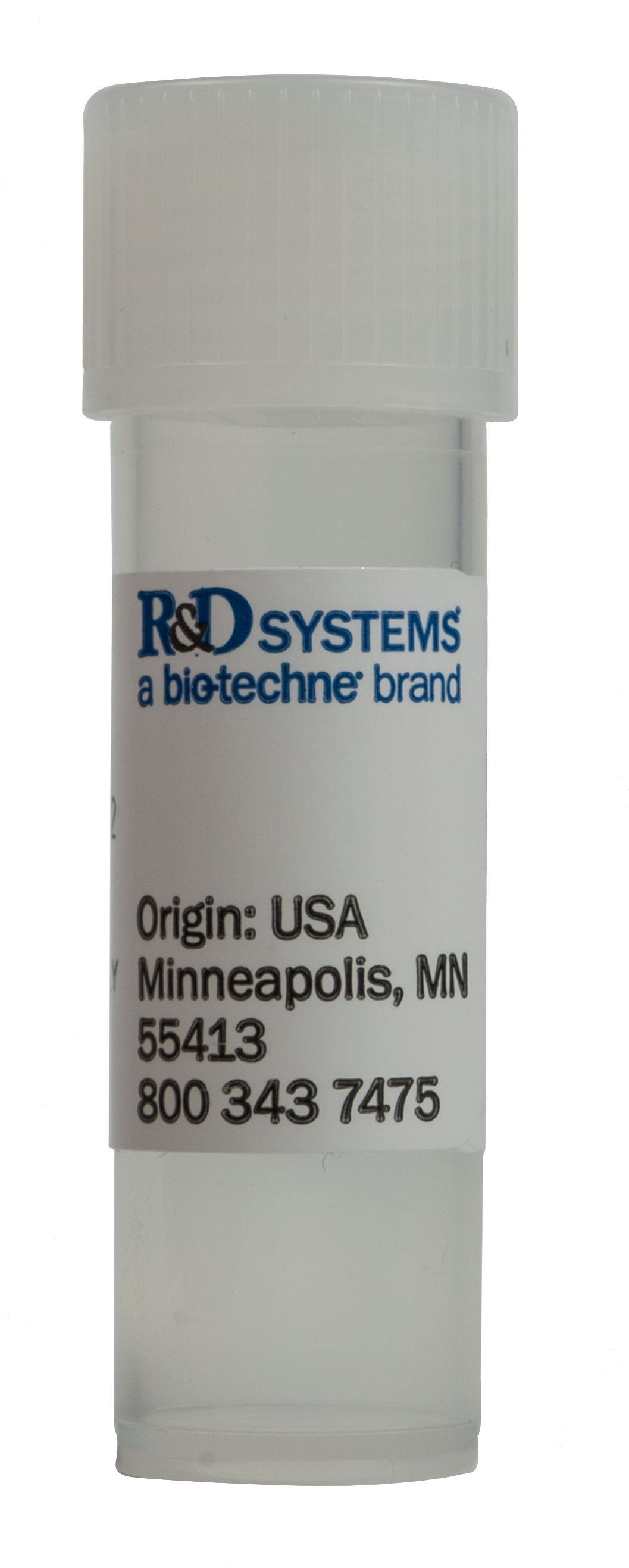Cultrex Basement Membrane Extract, Type 2, Pathclear
Try it on your cultures! Request a Sample of Cultrex BME, Type 2
Cultrex Basement Membrane Extract, Type 2, Pathclear Summary
Cultrex Basement Membrane Extract (BME), Type 2 is specifically designed to support the establishment and expansion of robust organoid cultures. It's composition mimics the in vivo microenvironment to improve take rate and growth of organoid progenitor cells.Key Benefits
• Qualified for use in organoid cell culture
• Commonly used robust and established organoid systems
• Quality controlled for peformance consistency
Why Use Cultrex BME, Type 2?
Cultrex Basement Membrane Extract (BME), Type 2 is a soluble form of basement membrane purified from Engelbreth-Holm-Swarm (EHS) tumor. This extract provides a natural extracellular matrix hydrogel that polymerizes at 37°C to form a reconstituted basement membrane. Basement membranes are continuous sheets of specialized extracellular matrix that form an interface between endothelial, epithelial, muscle, or neuronal cells and their adjacent stroma and that play an essential role in tissue organization by influencing cell adhesion, migration, proliferation, and differentiation. The major components of BME include laminin, collagen IV, entactin, and heparan sulfate proteoglycans.
Cultrex RGF BME, Type 2 provides a proprietary formulation that has a high storage modulus and is designed for use in robust tissue organoid culture as well as other applications requiring an extracellular matrix scaffold.
Specifications
Gelling Assay - Cultrex BME, Type 2 gels in less than 30 minutes at 37 °C, and maintains the gelled form in culture medium for a minimum of 7 days at 37 °C.
Dome Assay Cultrex BME, Type 2 forms and maintains stable 3-D dome structures on cell culture plates.
Tube Formation Assay - Cultrex BME, Type 2 supports formation of capillary-like structures by human (HBMVEC; HUVEC) or mouse (SVEC4-10) endothelial cells.
Limitations
For research use only. Not for diagnostic use.
Product Datasheets
FAQs
-
What kinds of tumor cells or biopsy specimens grow in vivo with Cultrex® BME?
Many cell lines and tumor biopsy specimens (usually cut into small fragments) have been found to grow in vivo when implanted with Cultrex® BME. These include melanoma, intestinal, prostate, breast, lung, renal, and liver cancers as well as the 3T3 mouse embryonic fibroblast cell line.
-
How does Cultrex® Basement Membrane Extract (BME) promote cell differentiation?
All epithelial and endothelial cells are in contact with a basement membrane matrix on at least one of their surfaces. By providing them with their natural matrix in vitro as a substrate for the cells that provides biological cues, the cells can assume a more physiological morphology (i.e. correct shape) and begin expression of cell-lineage specific proteins. Two-dimensional plastic surfaces, in combination with serum-containing media, cause cells to flatten, proliferate and de-differentiate.
-
How should Cultrex Basement Membrane Extract (BME) be stored and handled?
Cultrex BME should be stored at or below -20°C for optimal stability. Preparation of working aliquots is recommended. Cultrex BME should be thawed overnight on ice at 4°C, however long term storage at 4°C is not recommended. Freeze/thaw cycles and gel-liquid phase transitions should be avoided, since they can compromise product integrity.
-
What type of culture plates are recommended for organoid culture and other cultures using Cultrex BME products?
Any plate that is tissue culture treated will bind Cultrex domes/Cultrex coatings. Non-treated or low attachment plates are not recommended for organoid growth and for other cell cultures using coated BME. The domes will float away if non-treated or low-attachment plates are used. Bio-Techne has used the folllowing plates: Corning 96-well, Catalog # 3595; Corning 24-well, Catalog #3526; ThermoFisher 6-well, Catalog # 140675.
Reviews for Cultrex Basement Membrane Extract, Type 2, Pathclear
There are currently no reviews for this product. Be the first to review Cultrex Basement Membrane Extract, Type 2, Pathclear and earn rewards!
Have you used Cultrex Basement Membrane Extract, Type 2, Pathclear?
Submit a review and receive an Amazon gift card.
$25/€18/£15/$25CAN/¥75 Yuan/¥2500 Yen for a review with an image
$10/€7/£6/$10 CAD/¥70 Yuan/¥1110 Yen for a review without an image

